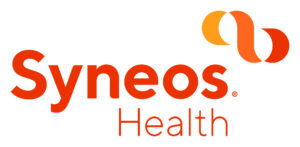-
1. Cover
-
2. Introduction
-
3. Contents
-
4. Interview: Catherine Owen, BMS
-
5. European pharma comms benchmarked
-
6. Sign-up for pharma news alerts
-
7. Closing the patient communication gap
-
8. Building a strong pharma brand
-
9. Post-COVID evolution of doctor interactions
-
10. Refining digital collaboration
-
11. Rethinking physician - pharma relationships
-
12. The pharmaphorum podcast
-
13. Navigating the patient maze
-
14. Translating EU presence to US market success
-
15. Company Spotlight: The Method
-
16. Subscribe to future Deep Dive issues
-
17. Contact the Deep Dive team


